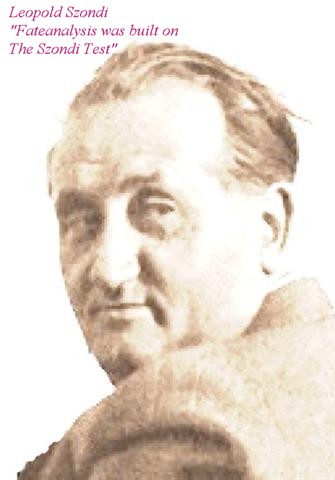To complete the demonstration as to the The setting [k± -] is the restless, variable ego sometimes paroxysmal, embedded in it are the ego possibilities: |
Tuesday, September 22, 2009
Demonstration of Szondi's Ego System Continued.
The Ego of many psychologists, teachers and other work-a-holics.
| From the standpoint of teaching the Szondi Test and making it relivant to the probable reader here it seems useful to examine the Ego settings common to mind workers of all types psychologists, teachers etc. | With the unfolding of stage VI [k- p+] one cannot from the test findings alone demonstrate the implied claims for the existence of some other regular age related order beyond the stages stated by Susan Deri (SZ Intro’1949). |
| This new setting represented by the reappearance of narcissistic/Inrojective striving, [k+], but now as part of an ambivalent choice [k±], and when set against [p+] works one way and when set against a [p-] works markedly different. |
It
|
Labels:
psychologists,
teachers,
work-a-holics
Subscribe to:
Posts (Atom)


